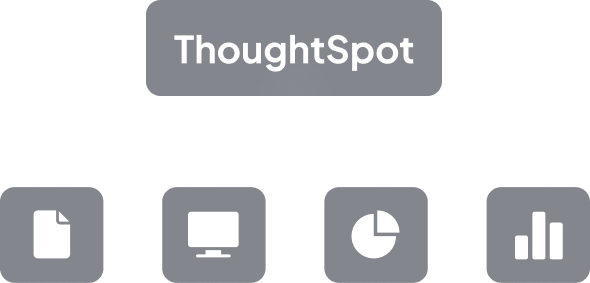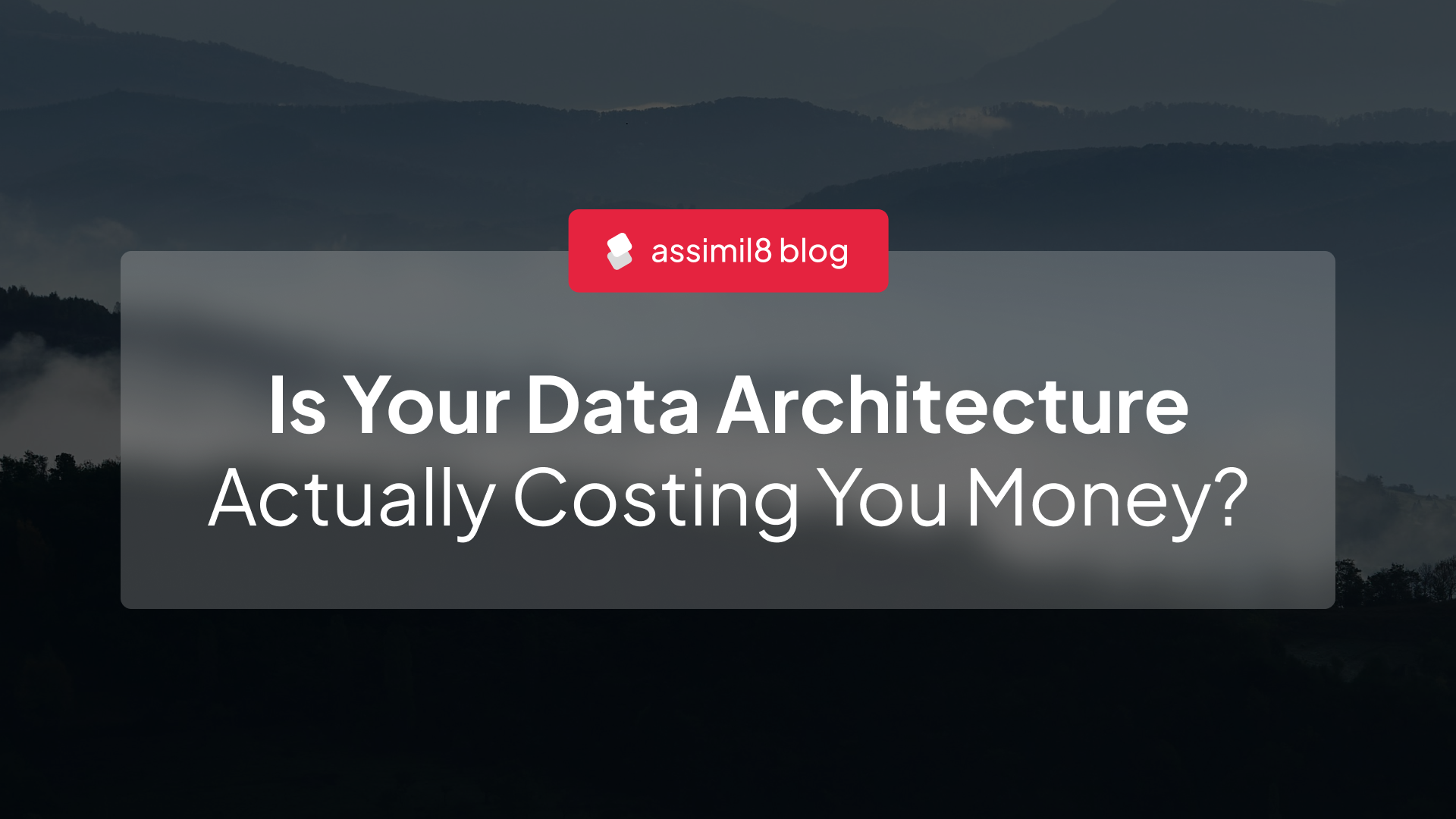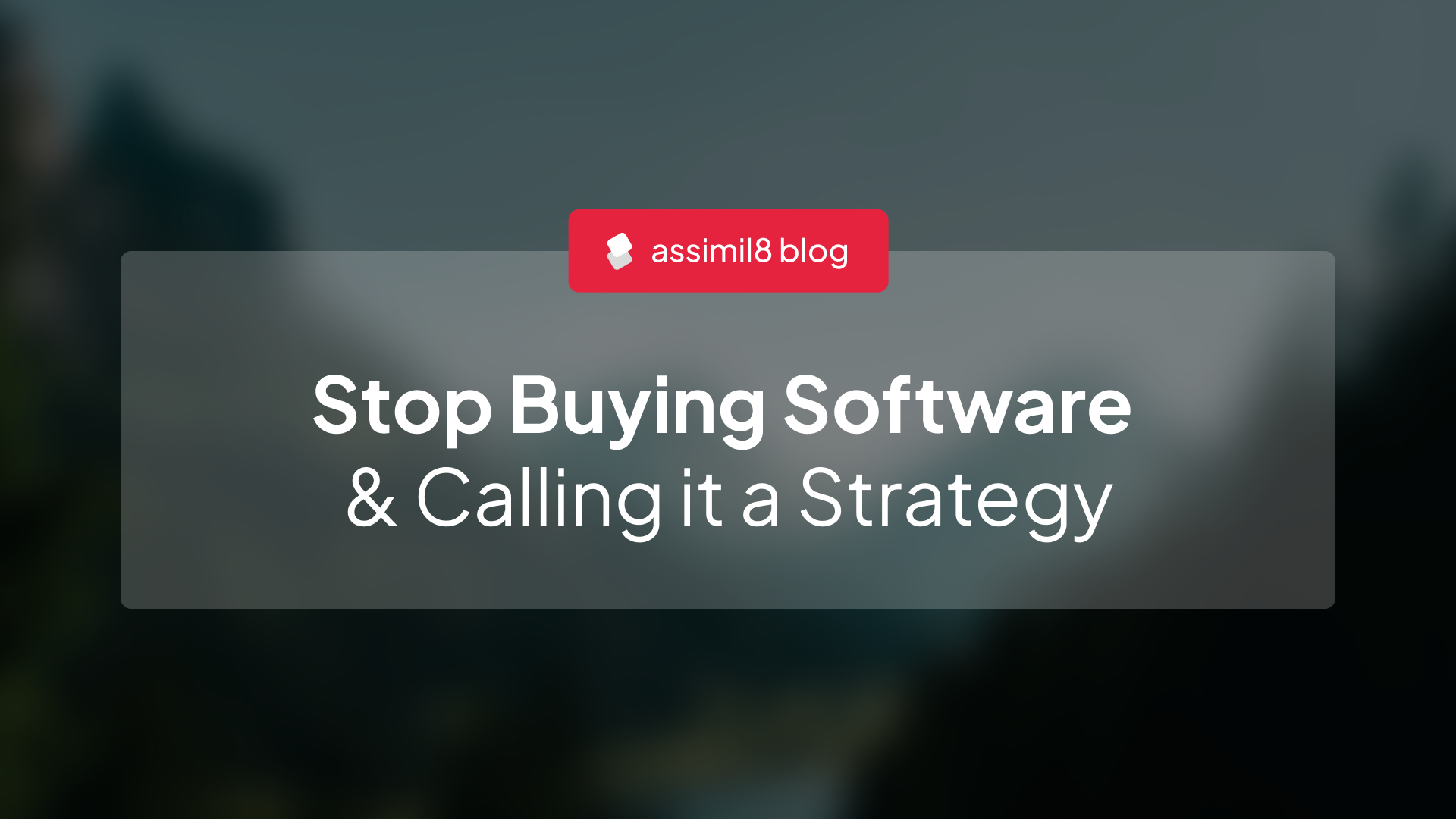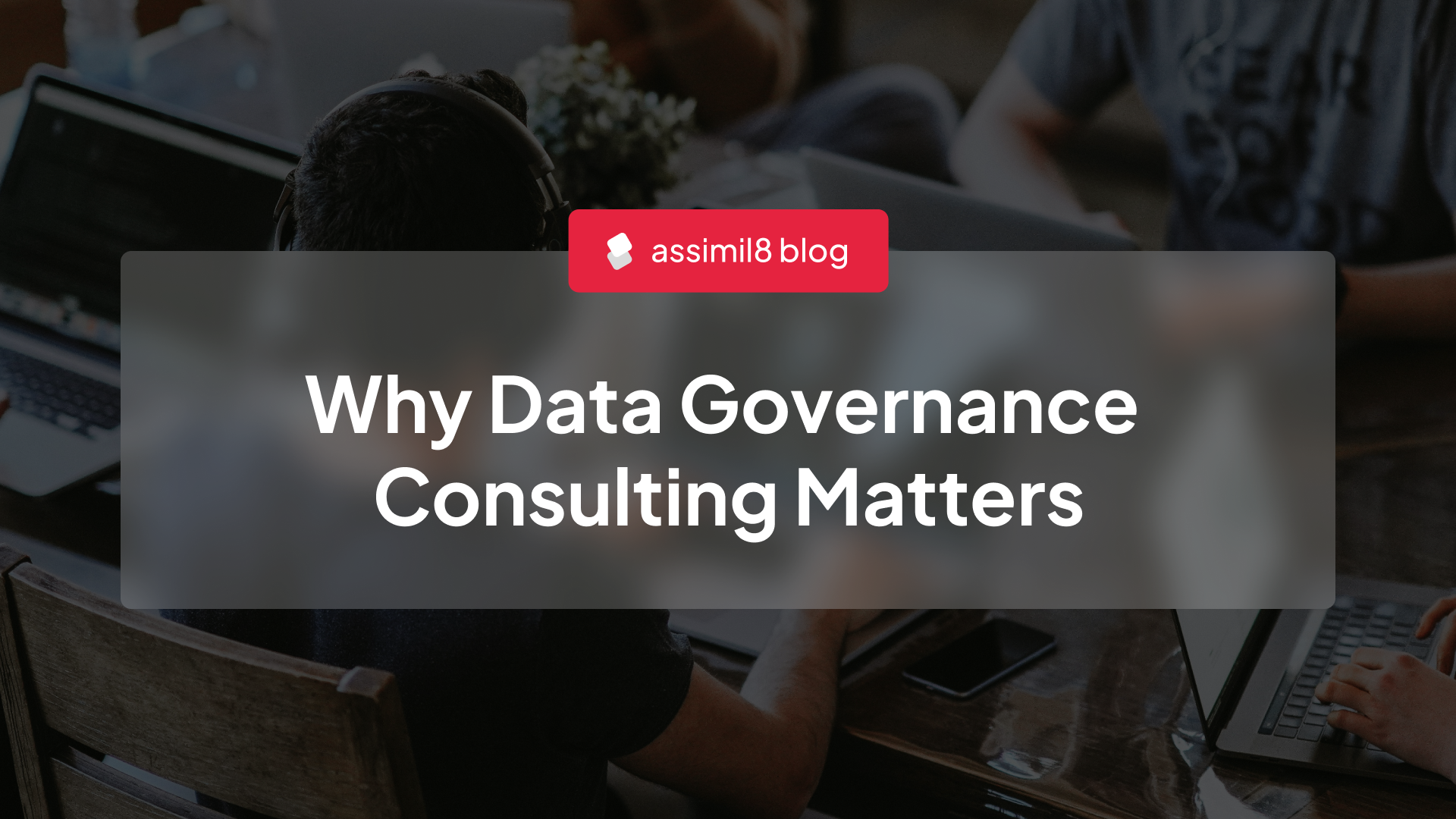Your team is already using AI.
Whether it’s ChatGPT to draft emails, Gemini to research a topic, or Copilot to summarise meeting notes, your employees are leveraging these powerful tools to become more efficient.
Now, before you lose the plot and start drafting a strongly worded email to the business, remember that this is a good thing; it’s the kind of innovation that drives a business forward.
But it can also present a critical question for leadership: is this activity managed, or is it a blind spot?
Without a formal policy to govern the use of AI, you’re exposing yourself to significant, and often hidden, commercial risks. Before you blame AI and the machines, the challenge isn’t the technology itself; it’s the absence of a framework for using it safely.
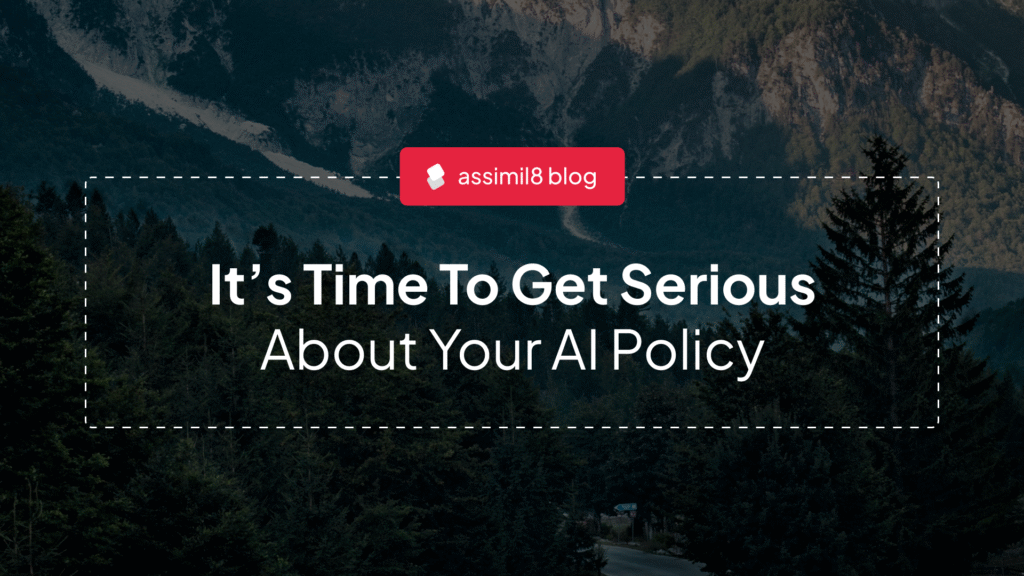
The Unseen Risks of Ungoverned AI
When your employees use public AI tools without clear guidelines, they’re inadvertently creating serious problems for the business:
- Confidential Data Leaks: An employee pastes a segment of a sensitive client document or a confidential financial report into a public AI tool for summarisation. That data could now be part of a third-party’s system, creating a significant data breach and violating GDPR.
- Intellectual Property Loss: Your product development team uses an AI tool to brainstorm ideas for a new proprietary algorithm or a unique marketing strategy. That valuable IP, the lifeblood of your competitive advantage, could now be absorbed and used to train a public model.
- Operational Inconsistency: Different teams using different tools with no oversight can lead to inconsistent, unreliable, and often inaccurate outputs, which can lead to poor decision-making.
Just one of these is bad enough, but the likelihood is that if your people are using AI tools without your consent, they’re creating all of these risks. But, you’re here for solutions, not problems, so what can you do about it?
Governance: The Foundation for Safe Innovation
Many leaders, faced with these risks, default to a simple answer: “Let’s just ban it.”
Don’t be this kind of leader. Prohibiting AI tools out of fear is a prime example of cutting your nose off to spite your face. It stifles productivity, frustrates your most innovative employees, and guarantees you will fall behind competitors who have figured out how to harness the power of AI.
The smart approach is not to prohibit, but to govern.
A robust AI Policy Framework provides the essential guardrails that allow your team to innovate with confidence. It’s not about restriction; it’s about creating a safe, productive environment. A good policy clearly defines:
- Approved Tools: Which AI platforms have been vetted and are safe for business use.
- Data Handling: What kind of information is safe to use in these tools, and what is strictly off-limits.
- Employee Responsibilities: Clear, practical guidelines on how to use AI effectively and ethically.
- Accountability: A clear framework for oversight and auditability.
Build Your Framework for Responsible Growth
Companies using AI in any meaningful way should have an AI policy in place. It’s a non negotiable, and shouldn’t be seen as a “nice to have”, or “we’ll get around to it when we have the time”.
If you want to embrace AI and the benefits it can bring to your business, there are no excuses why you shouldn’t be doing so in a safe way. So, before you tell yourself that you don’t have the time or the resources, ask yourself whether your competitors do. And if you struggle to answer that question, assume they already have.
At assimil8, we work with businesses like yours to develop and implement bespoke AI Policy Frameworks that are pragmatic, commercially focused, and designed to enable, not inhibit, innovation.
Want to know more about our AI Policy Framework? Click here to get started.

